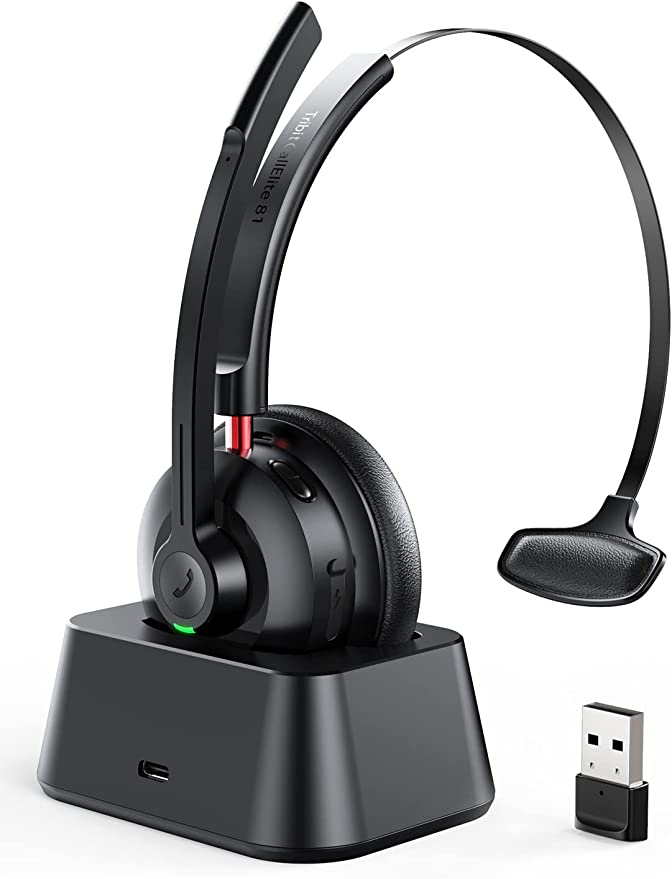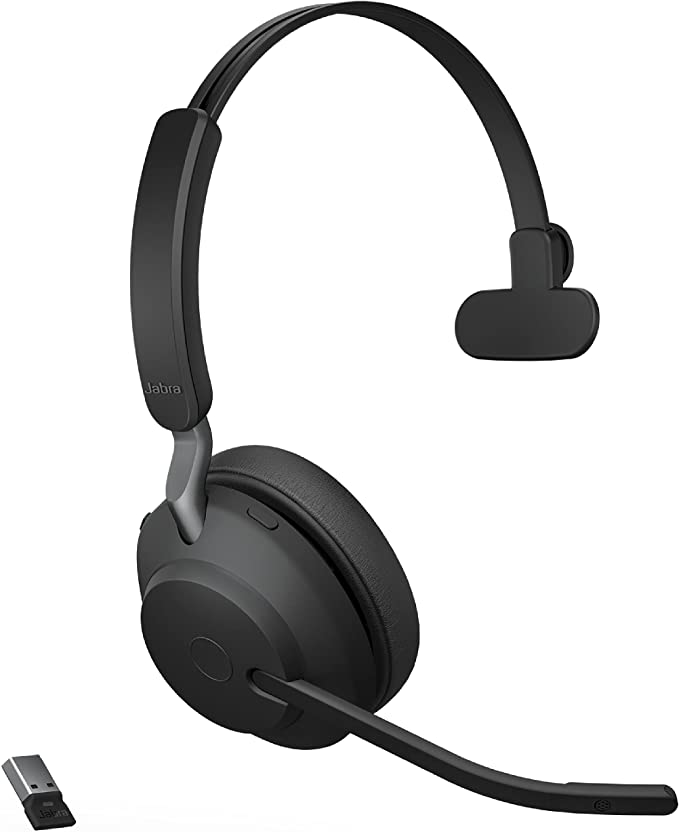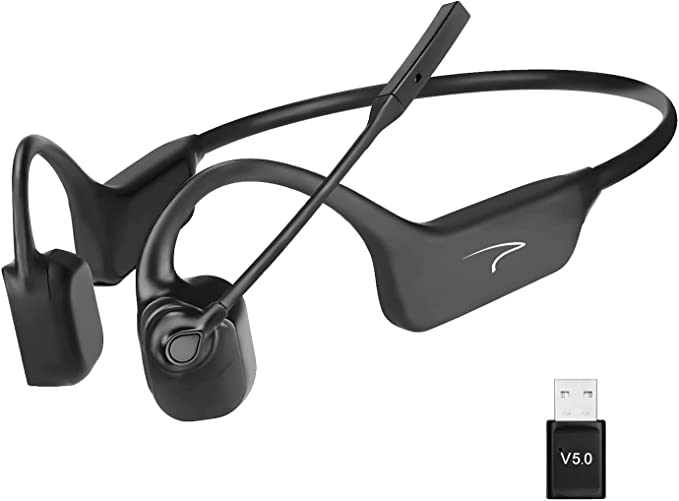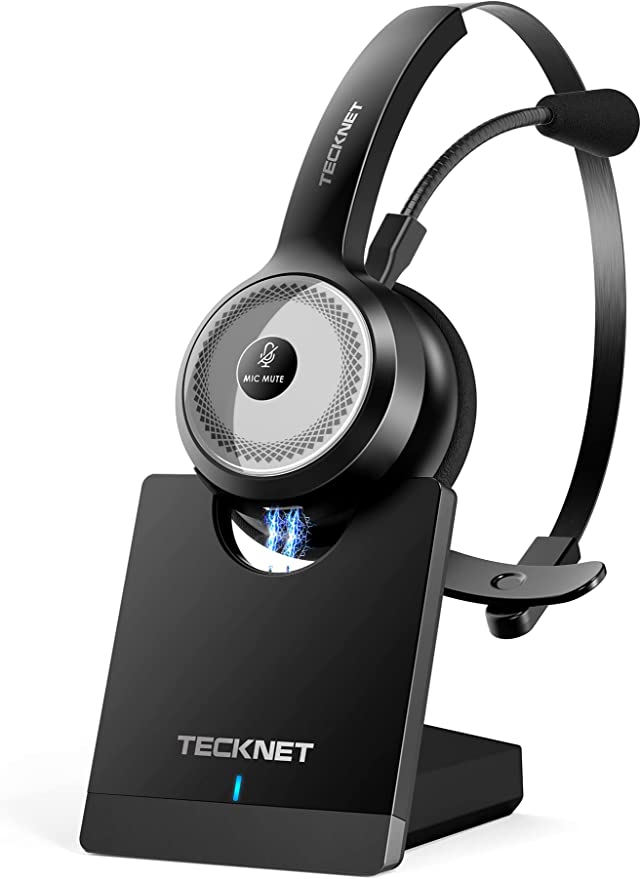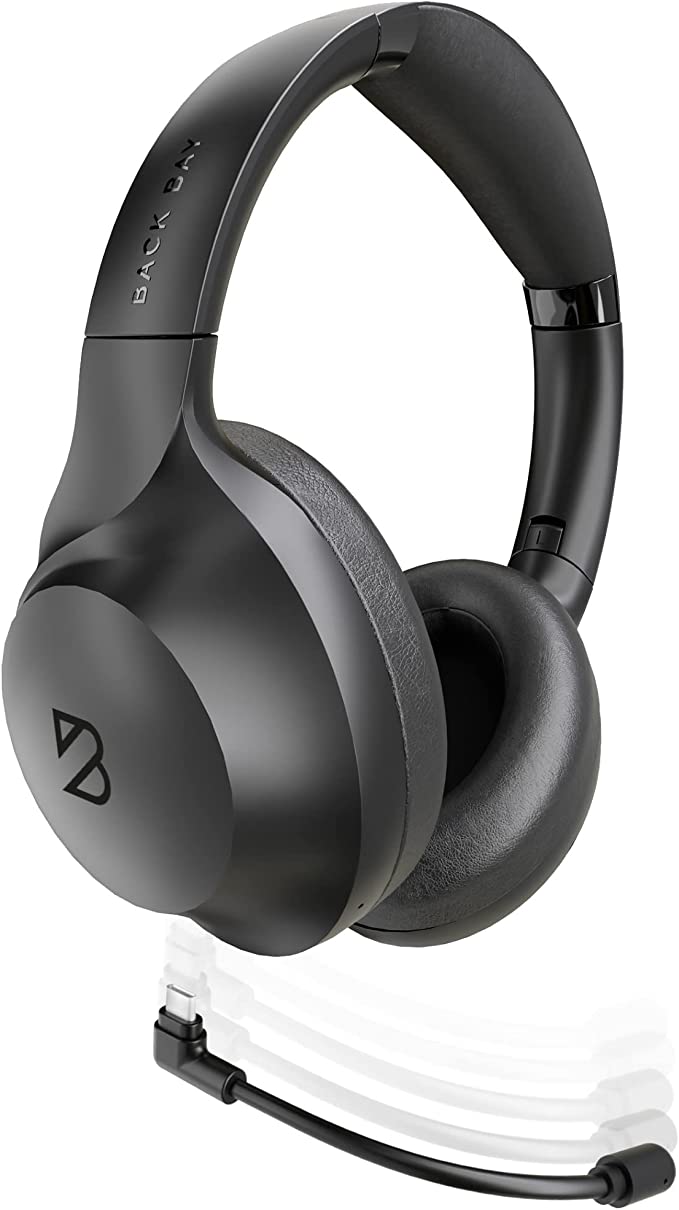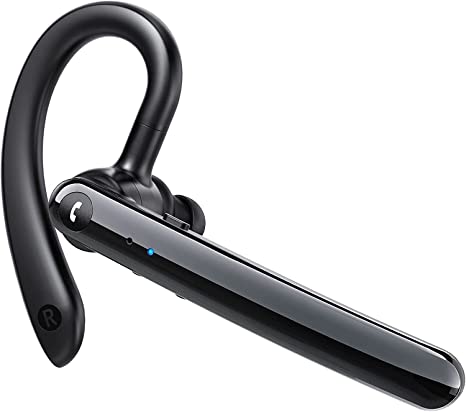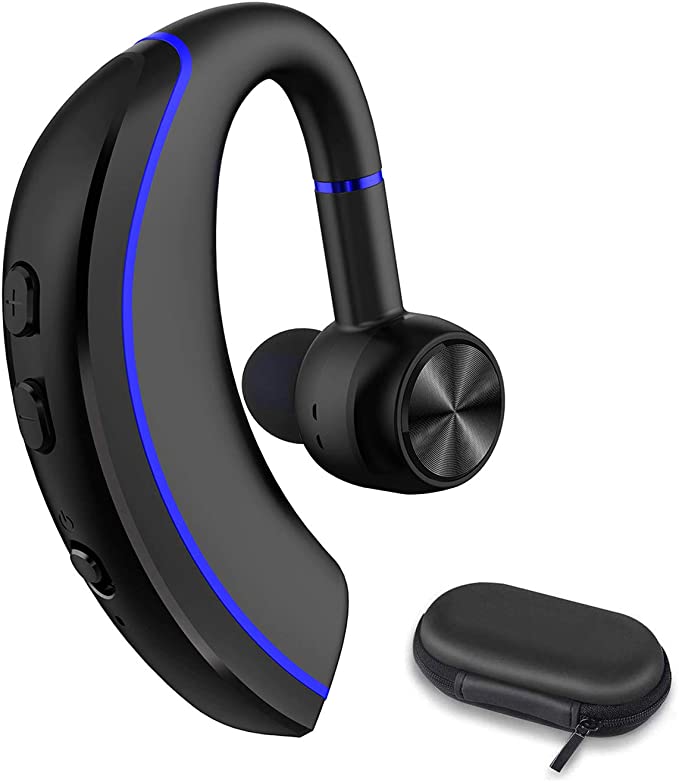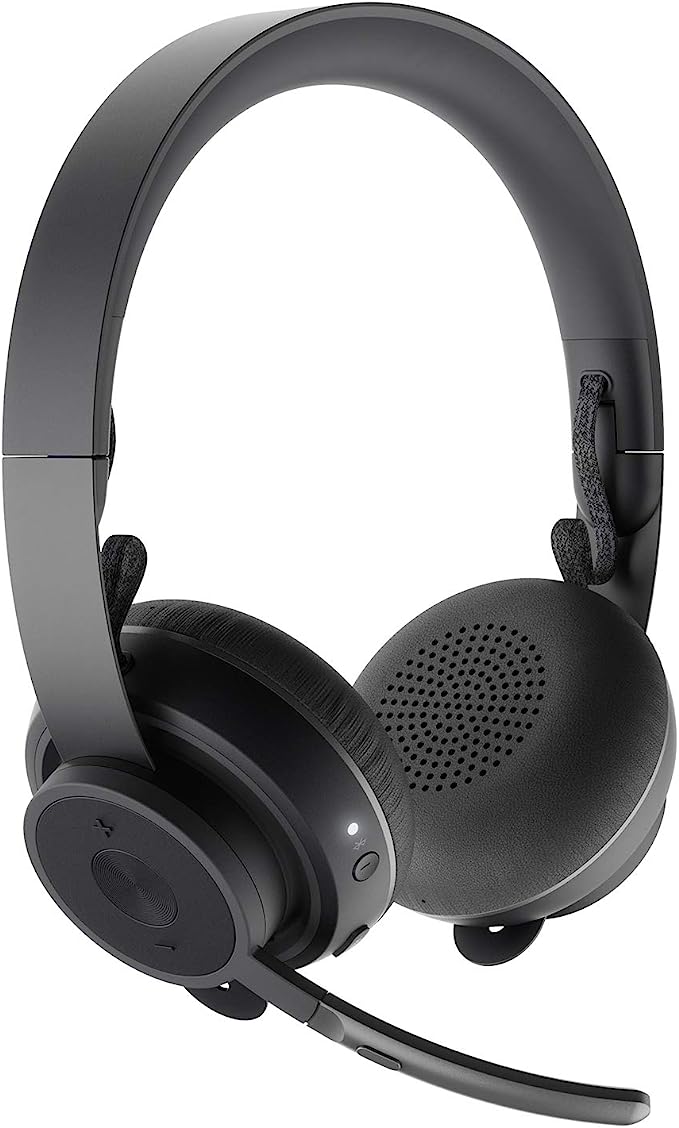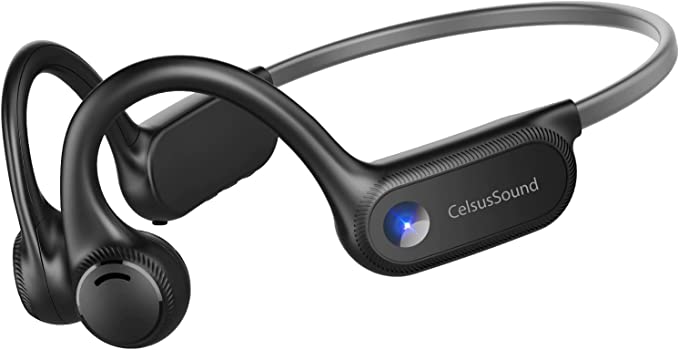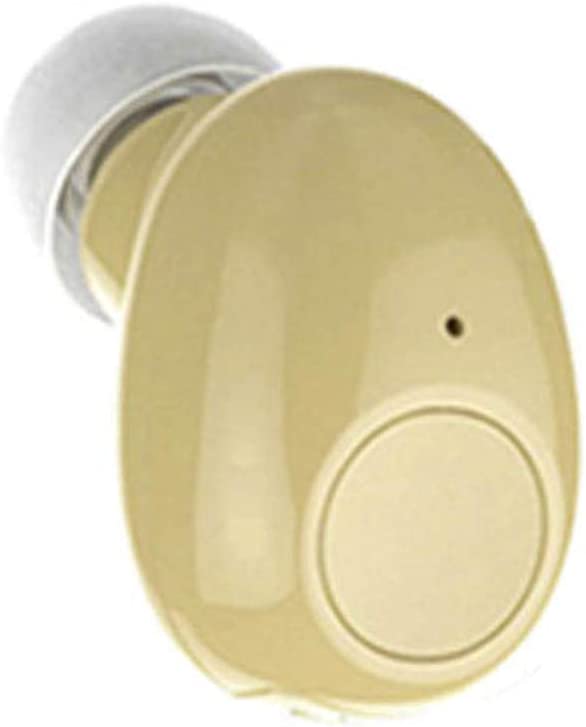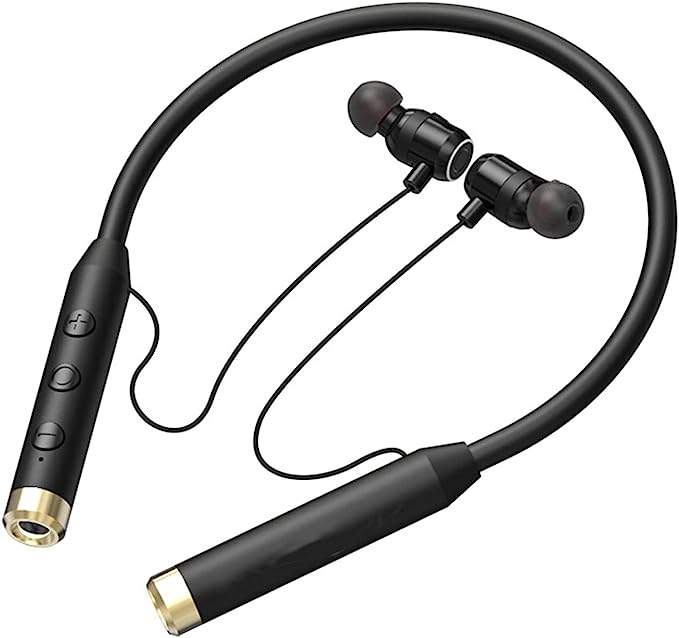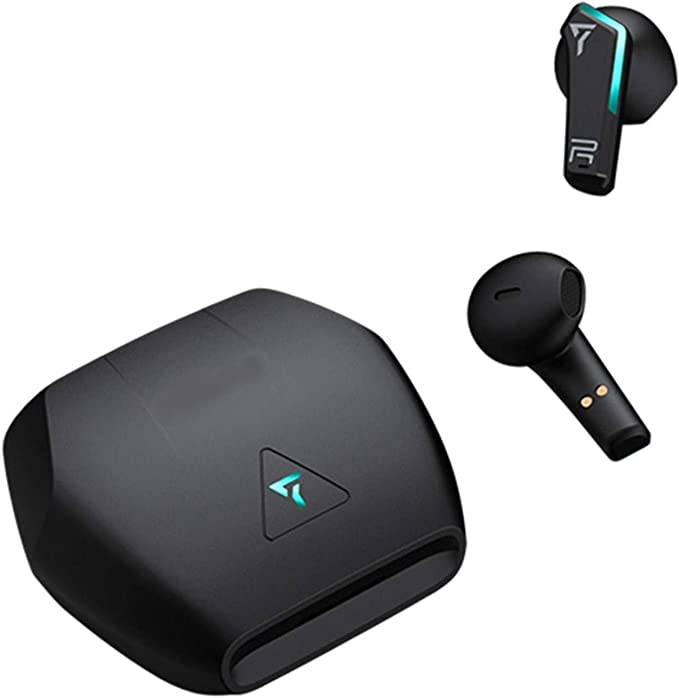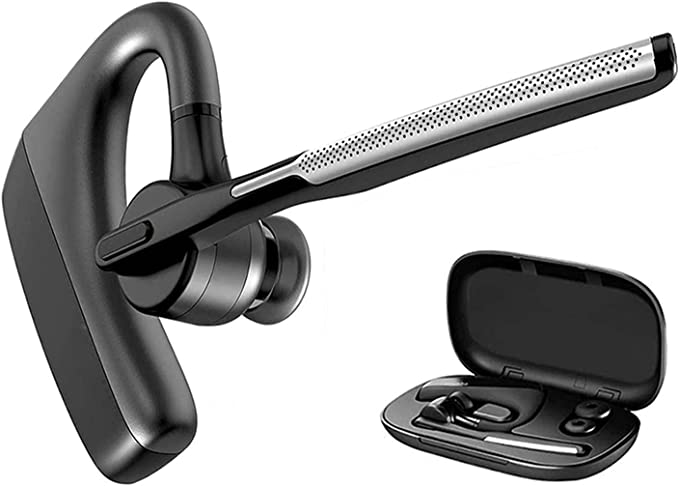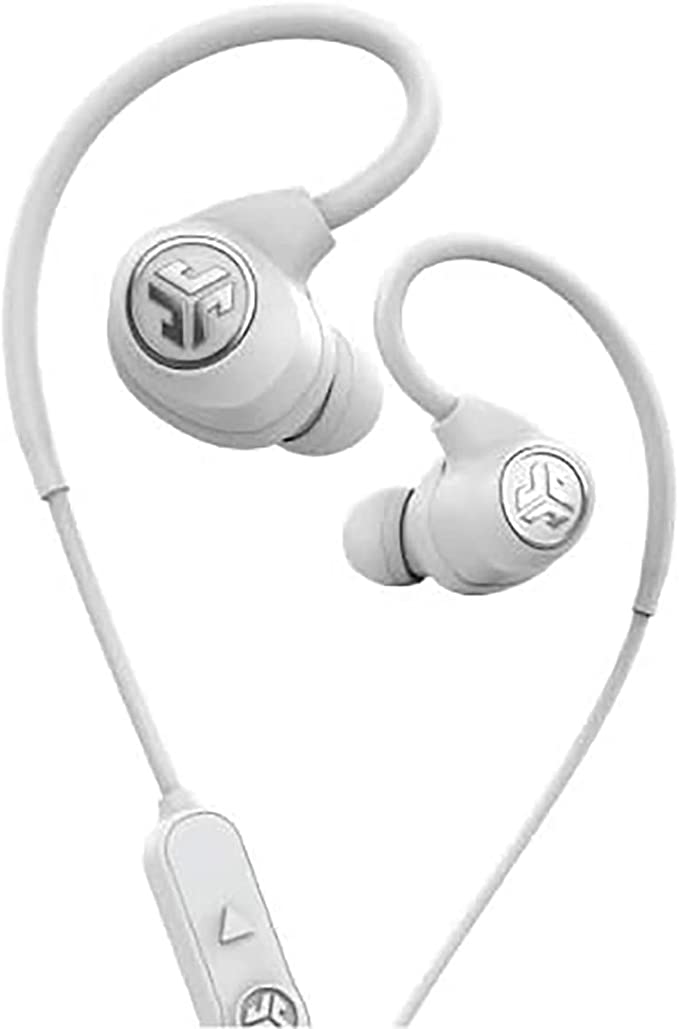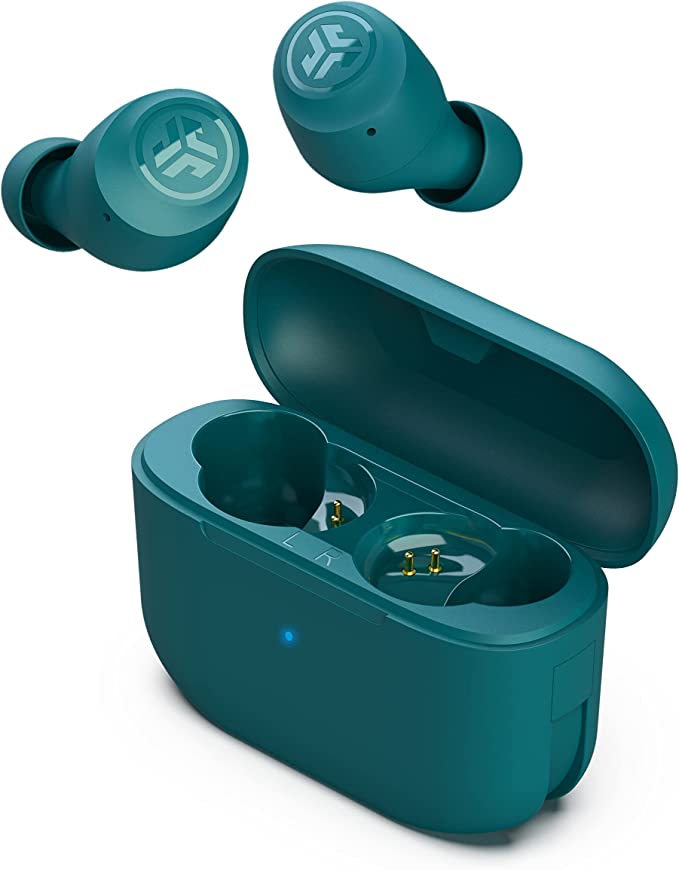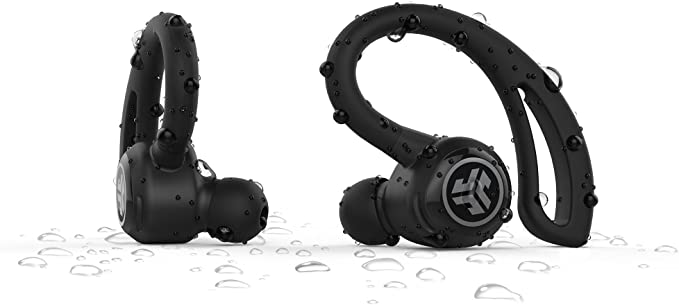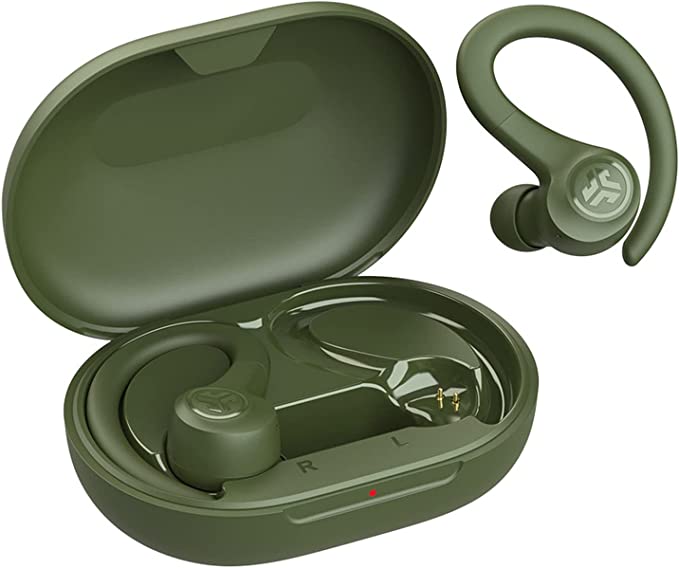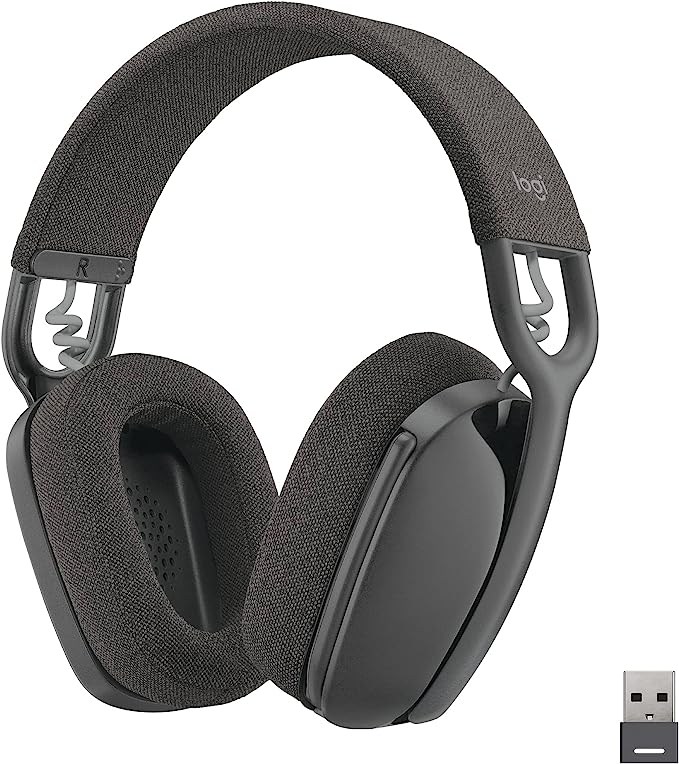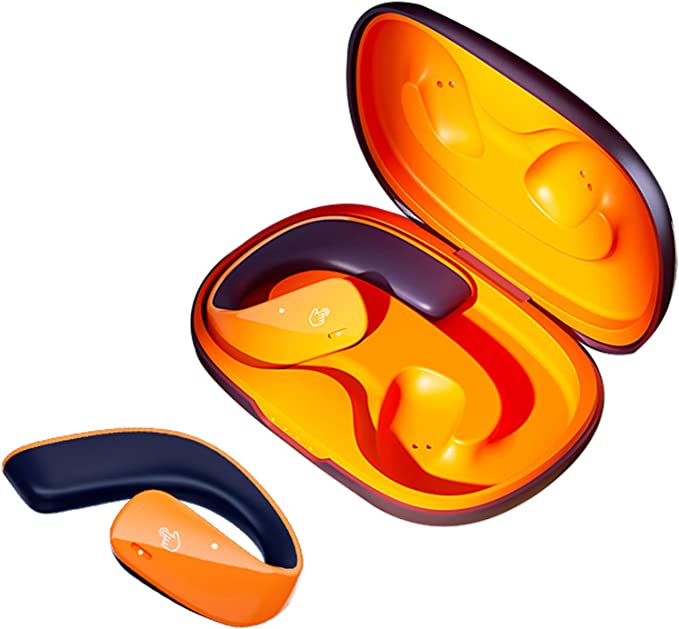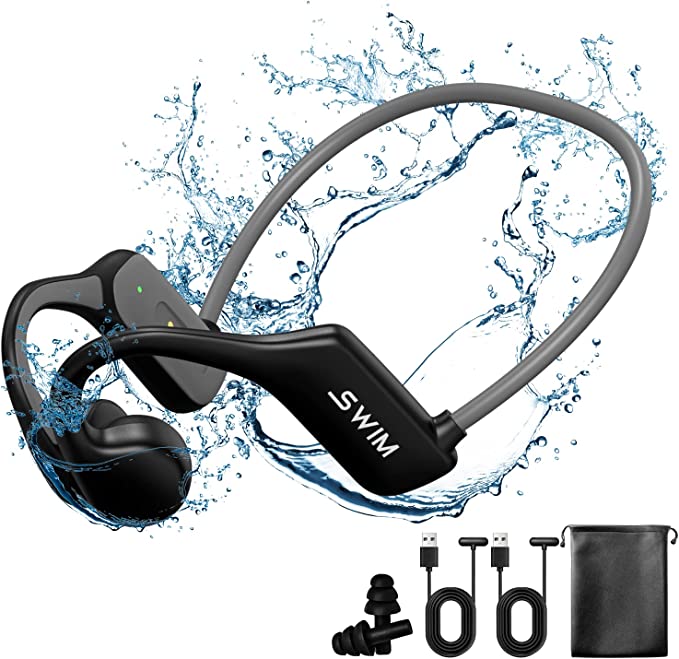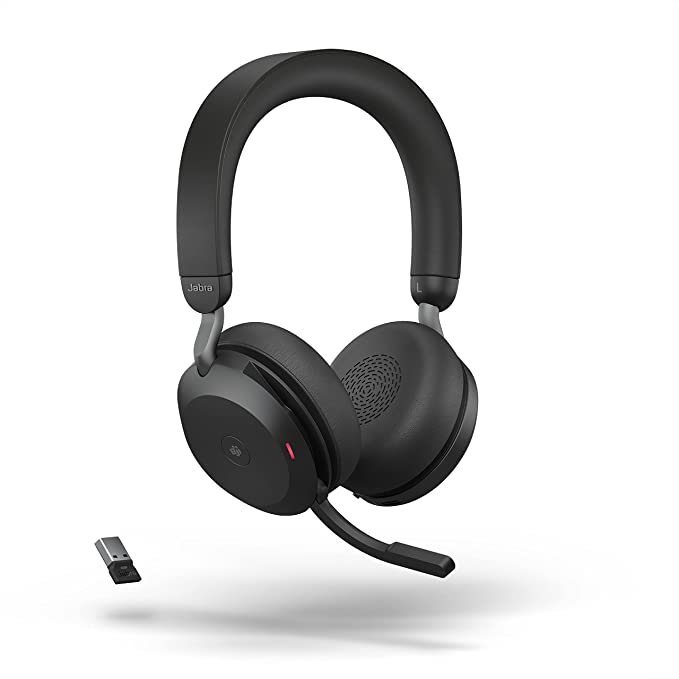JLab JBuds Work Wireless Headset: Crystal-Clear Calls & 60+ Hours Playtime
Update on March 20, 2025, 4:34 p.m.
The shift to remote work has been transformative, offering flexibility and autonomy for many. But this transition hasn’t been without its challenges. From barking dogs and chattering family members to the hum of appliances, the home office is often a symphony of distractions. Clear and effective communication, a cornerstone of any successful workplace, becomes significantly harder to achieve. This is where specialized tools, like the JLab JBuds Work Wireless Headset, become essential.
The JBuds Work is an over-ear headset designed specifically for the demands of the modern work environment, whether that’s at home, in a co-working space, or during a commute. It’s not just about listening to music; it’s about ensuring clear, professional communication and minimizing distractions. Key features include a noise-canceling microphone, the ability to connect to multiple devices simultaneously (multipoint Bluetooth), and an impressive battery life exceeding 60 hours.
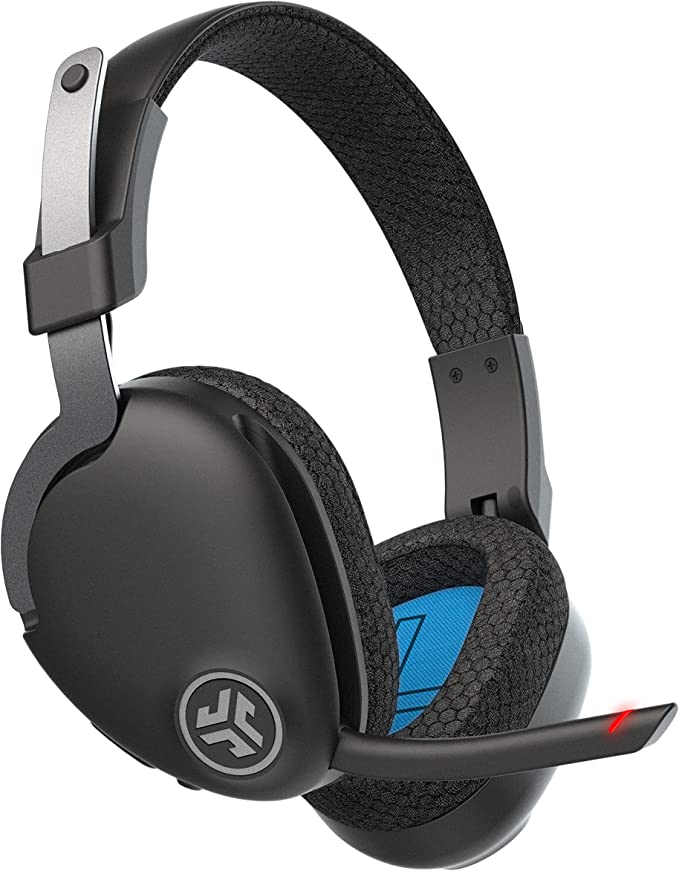
The Science of Silence: Noise-Canceling Technology
One of the most critical features of any headset designed for work is its ability to handle noise. The JBuds Work tackles this in two ways: passive noise isolation and active noise cancellation (ANC) in the microphone.
Passive noise isolation is the simplest form. It’s the physical barrier created by the earcups, which block out some external sounds. Think of it like putting your hands over your ears – you’re reducing the amount of sound that reaches your eardrums. The over-ear design of the JBuds Work contributes significantly to this, creating a seal around the ear.
The real magic, however, lies in the noise-canceling microphone. This isn’t about blocking sound from reaching your ears; it’s about preventing background noise from being transmitted to the person on the other end of your call. This is where active noise cancellation comes into play.
Microphones with ANC use a combination of clever techniques. One common method is beamforming. Imagine a spotlight focusing its light on a single actor on a stage. Beamforming does something similar with sound. The headset uses multiple microphones to “listen” to the sound environment. Sophisticated algorithms then process these signals to identify the direction of your voice and focus the microphone’s sensitivity in that direction, effectively “tuning out” sounds coming from other directions.
Another technique is spectral subtraction. This involves analyzing the frequency spectrum of the incoming audio. Noise tends to have a different frequency profile than speech. The headset’s processor identifies these noise patterns and subtracts them from the audio signal, leaving a cleaner voice signal to be transmitted.
JLab refers to their specific implementation of these technologies as “C3 Calling.” While the exact details of their algorithm are proprietary, the underlying principles are based on the well-established concepts of beamforming and spectral subtraction, combined with digital signal processing (DSP) to refine the audio further. The goal is always the same: to isolate your voice and minimize background noise, ensuring clear communication.
Bluetooth 5.0 and Multipoint Connectivity: Seamless Switching
The JBuds Work utilizes Bluetooth 5.0, a significant advancement in wireless technology. To understand its importance, let’s take a quick detour into the history of Bluetooth.
Bluetooth, named after a 10th-century Danish king, Harald Bluetooth, was developed in the late 1990s as a way to replace cables for short-range wireless communication. Over the years, it has evolved through various versions, each improving speed, range, and power efficiency.
Bluetooth 5.0, compared to its predecessors, offers several key advantages:
- Increased Range: The theoretical range is significantly greater, allowing for more freedom of movement.
- Faster Data Transfer: This means quicker pairing and more reliable connections.
- Improved Power Efficiency: This contributes to the JBuds Work’s impressive battery life.
But perhaps the most useful feature for productivity is multipoint connectivity. This allows the headset to be connected to two devices simultaneously.
Imagine you’re working on your laptop, listening to some focus music. Suddenly, a call comes in on your smartphone. With multipoint, you can answer the call directly from the headset without having to disconnect from your laptop and pair with your phone. The headset intelligently switches the audio stream to the active call. Once the call ends, it seamlessly switches back to the music on your laptop.
This is achieved through a process called “time-division multiplexing.” The headset rapidly switches its attention between the two connected devices, creating the illusion of a simultaneous connection. The “handshake” process, where devices establish a Bluetooth connection, involves a series of steps: inquiry (searching for devices), paging (connecting to a specific device), and connection establishment (setting up the communication link). Multipoint manages these handshakes for two devices, allowing for quick switching.
Powering Through the Day: Battery Technology Explained
A headset with all these features would be useless if it constantly needed recharging. The JBuds Work boasts a remarkable 60+ hours of playtime on a single charge. This longevity is thanks to a combination of factors, primarily centered around the type of battery used and efficient power management.
The headset likely utilizes a lithium-polymer (LiPo) battery. LiPo batteries are known for their high energy density, meaning they can store a lot of energy in a relatively small and lightweight package. This is crucial for a portable device like a headset. They also have a longer lifespan than older battery technologies, maintaining their capacity over many charge cycles.
But a large battery is only part of the equation. The JBuds Work also benefits from the power efficiency of Bluetooth 5.0 and optimized internal circuitry. The headset’s processor and other components are designed to minimize power consumption, both during active use and when in standby mode. This careful balance between battery capacity and power efficiency is what allows for such extended playtime.
Sound Quality: Beyond the Calls
While the JBuds Work is primarily designed for communication, sound quality for music and other audio is also an important consideration. This is where audio codecs come into play.
An audio codec is essentially a software algorithm that encodes and decodes digital audio data. Think of it like a translator, converting the digital information into an analog signal that your ears can understand, and vice versa. Different codecs use different methods of compression, which can affect the quality of the audio.
The JBuds Work supports SBC (Subband Coding), the mandatory codec for all Bluetooth audio devices. SBC is a relatively basic codec that provides decent audio quality, but it’s not the most efficient in terms of preserving the full fidelity of the original audio source.
The headset also likely supports AAC (Advanced Audio Coding). AAC is a more advanced codec that is commonly used by Apple devices. It offers better sound quality than SBC at similar bitrates, meaning you’ll hear more detail and clarity in your music, especially if you’re using an iPhone or other Apple product. The improved efficiency of AAC comes from more sophisticated algorithms that analyze the audio signal and prioritize the most important information, discarding less critical data more effectively. This results in a smaller file size (or lower bitrate for streaming) without a significant perceived loss in quality.
Beyond codecs, frequency response plays a vital role in how a headset sounds. Frequency response refers to the range of frequencies (from low bass to high treble) that a headset can reproduce. Human hearing typically spans from 20 Hz (Hertz) to 20,000 Hz (20 kHz). A headset with a wider frequency response can potentially reproduce a more complete and accurate representation of the original audio. While the exact frequency response specifications for the JBuds Work aren’t explicitly provided in the initial materials, the focus on clear calls suggests a tuning that prioritizes vocal clarity, which typically resides in the midrange frequencies. However, a well-designed headset will also provide sufficient bass and treble for a satisfying listening experience for music and other audio content.
Designed for Comfort and Practicality
Technology is only as good as its usability. The JBuds Work’s over-ear design is a deliberate choice for comfort, especially during extended use. Over-ear headphones, unlike earbuds that sit directly in the ear canal, distribute pressure more evenly around the ear. This reduces the likelihood of discomfort or fatigue, even after hours of wear. The earcup material and padding also play a crucial role. Breathable materials help to prevent heat and moisture buildup, while soft padding conforms to the shape of the ear for a secure and comfortable fit.
The headset also offers both wired and wireless connectivity. While Bluetooth is the primary mode of operation, the inclusion of a USB-C to 3.5mm audio cable provides a valuable backup option. This allows you to connect to devices that don’t have Bluetooth, or to conserve battery power when wireless connectivity isn’t necessary. It also ensures compatibility with a wider range of devices, from older laptops to airplane entertainment systems.
The controls on the headset are designed to be intuitive and easy to use. You can typically adjust volume, answer and end calls, play and pause music, and activate your device’s voice assistant (like Siri or Google Assistant) directly from the headset, without having to reach for your phone or computer. This seamless integration enhances productivity and minimizes distractions.
Beyond the Headset: Protecting Your Hearing
While headsets like the JBuds Work offer numerous benefits, it’s crucial to remember the importance of protecting your hearing. Prolonged exposure to loud sounds, regardless of the source, can lead to permanent hearing damage.
Here are some simple tips for safe headset use:
- The 60/60 Rule: A good guideline is to listen at no more than 60% of the maximum volume for no more than 60 minutes at a time.
- Take Breaks: Give your ears regular breaks from listening, especially during long work sessions.
- Be Aware of Your Surroundings: If you’re using noise-canceling headphones, be mindful of your environment, especially in situations where you need to be aware of sounds around you (e.g., crossing the street).
- Use Noise-Canceling Wisely: Noise-canceling is most effective for constant, low-frequency sounds (like the hum of an airplane engine). It’s less effective for sudden, high-frequency sounds (like a car horn). Don’t rely solely on noise-canceling to protect your hearing; manage your volume levels responsibly.
- Consider Volume-Limiting Headphones/software: If you struggle setting correct volume.
The JLab JBuds Work Wireless Headset, with its combination of noise-canceling technology, long battery life, multipoint connectivity, and comfortable design, offers a powerful solution for the challenges of remote work and communication. It represents a blend of acoustic engineering, wireless technology, and user-centric design, aimed at enhancing productivity and focus in an increasingly noisy and interconnected world. By understanding the underlying technology – from the intricacies of Bluetooth to the science of sound – users can appreciate the value and sophistication of this seemingly simple device, and use it effectively and safely.
